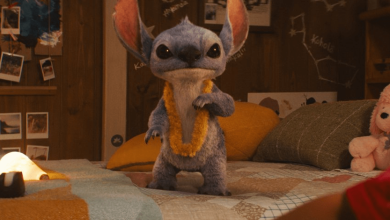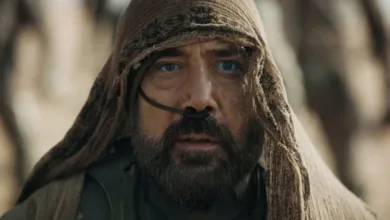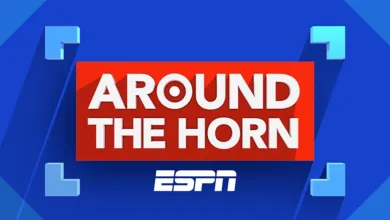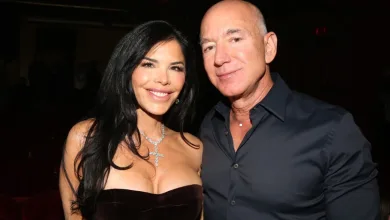Interview: Zachary Levi Talks Harold and the Purple Crayon Movie
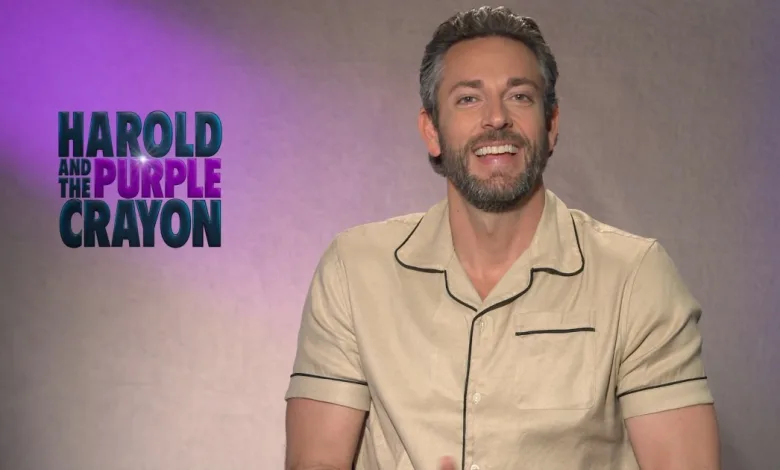
ComingSoon Editor-in-Chief Tyler Treese spoke to Harold and the Purple Crayon star Zachary Levi about his starring role in Sony Pictures’ family comedy movie. Levi spoke about the character, having to use his imagination during filming, and more. The film will be released exclusively in movie theaters on August 2, 2024.
“Inside of his book, adventurous Harold (Zachary Levi) can make anything come to life simply by drawing it. After he grows up and draws himself off the book’s pages and into the physical world, Harold finds he has a lot to learn about real life—and that his trusty purple crayon may set off more hilarious hijinks than he thought possible. When the power of unlimited imagination falls into the wrong hands, it will take all of Harold and his friends’ creativity to save both the real world and his own. Harold and the Purple Crayon is the first film adaptation of the beloved children’s classic that has captivated young readers for decades,” says the synopsis.
Tyler Treese: I think one element that adults will really enjoy about the Harold and the Purple Crayon movie is that Harold’s having a bit of an existential crisis here. He’s like, “Why did you draw me? Why am I alive? What’s going on here?” How is it playing up that element? Because it’s a really fascinating place to take the film.
Zachary Levi: It was actually one of the things that attracted me to the project, to begin with, because when you boil it down, it really is kind of like man’s search for meaning or his understanding of God because the narrator is Harold’s God. It’s like, you brought me to life. You’ve given me this world, and now you’ve gone away, and I don’t know what to do, and I’m lost and all of this.
So to take a children’s family movie, but have that deeper kind of stuff in there. I think it’s really important because it gives it more credence, it gives it more meaning. It gives it something that’s not just a throwaway. Because it’s a very silly film, so it grounds it a little bit in that. Then to be able to give Harold that extra little bit of three dimensions as he’s coming into this three-dimensional world, right? He’s not just now three-dimensional physically; he’s learning emotions that make him more three-dimensional, and I think that’s a big part of that journey.
I was really curious because you have the purple crayon in this movie; you’re actually drawing in the film. Is that tricky because you have to draw shapes that resemble what’s gonna pop up with the CGI? How was that process?
Bro, it was one of my favorite parts of the movie because it was such an interesting and unique challenge. Essentially, with a lot, but not all of the objects that I drew, we would have some wireframe, right? So like, there was a good… Not all of the plane, but a good piece of the plane or a bit of the plane that was a wire frame version of itself. So for rehearsal, I would trace what that was, and I would follow those lines, and then we would take the whole thing out. Then I just had to remember from muscle memory how large any of those proportions were and how those lines worked. To their credit, our visual effects team did an incredible job of helping me to find those lines and then them painting them all in post. It’s seamless. I mean, it’s really cool how well it all worked together.
You work with Jermaine Clement here, he is the villain. He is just so hilarious in this and I’m a big fan of his. What really stood out about working opposite him and going back and forth? Because there are quite a bit of humorous moments here.
Oh, man. I mean, I’m just a big Jermaine fan. I was super stoked when he took on the role. Been a fan of his since Flight of the Concords way back in the day, and he’s a really lovely guy, very chill, very funny. Came to work every day and just wanted to be creative, and that’s really all you can hope for.
The final fight between you two is so imaginative because you’re both using the crayon pieces and drawing all these crazy things. How was it actually filming that?
It was really interesting, man. That whole last sequence was basically an entire week of night shoots out at this park in Atlanta. We had some physical elements that we could actually [interact with], props and stuff, but a lot of it was just imagination. Again, what was it like imagining to myself as I’m doing it, like, “Okay, I gotta draw a giant spring around me.” Well, what is that? And like spinning around in this whirlwind of a whirling dervish, but just believing that whatever I’m doing, as long as they’re seeing it and they’re going, “Yep, that’ll work. That’ll do.” Then all the lava and the magma and all of these things that you just have to use your [imagination], very similar to Harold using his imagination and creativity. You’re just having to imagine that for yourself. So it’s a fun exercise. I like it because it, again, it kind of keeps that fresh in you.
There’s a similar boy-like wonder between Harold and Shazam, who you very famously played. What would you say is the biggest difference between these roles?
Yeah, you know there is definitely some Venn diagram crossover in the two of them. I would say that the biggest difference is that Shazam, Billy Batson, he’s a real teenager in the real world who’s dealt with lots of loss, lots of anger, lots of sadness, lots of pain. He’s young and immature in the way he handles certain things and certainly in his super self because his immaturity gets almost amplified in his super self because now he’s got superpowers and he is trying to fight bad guys and save the world, but he’s still learning how to use all of that. But he does understand the pain and the sadness and the things and those types of things.
Whereas Harold is not a teenager. He’s actually a grown man, right? But from his animated world that has no pain, no suffering, no real sadness or anger or any consequences, no real stakes. Everything is fun, everything’s optimism. But then going into the real world now, he really is this fish outta water. His immaturity is not because of his age as much of his complete lack of experience of dealing with any of these types of three-dimensional emotions. So, that’s the biggest thing.
In playing Billy Batson, I could tap into anger and sadness in a more authentic way. Whereas playing Harold, he had no idea what any of that was. You know, he’s getting hurt, literally physically hurt, for the first time. He’s like, what is this thing? What am I feeling right now? Having no idea what these social cues are of people being angry with him and honking their horns while he is blocking traffic and he thinks they’re just saying hi. That is a big difference between the two characters.
ComingSoon thanks Zachary Levi for taking the time to discuss Harold and the Purple Crayon.
Source link
#Interview #Zachary #Levi #Talks #Harold #Purple #Crayon #Movie

